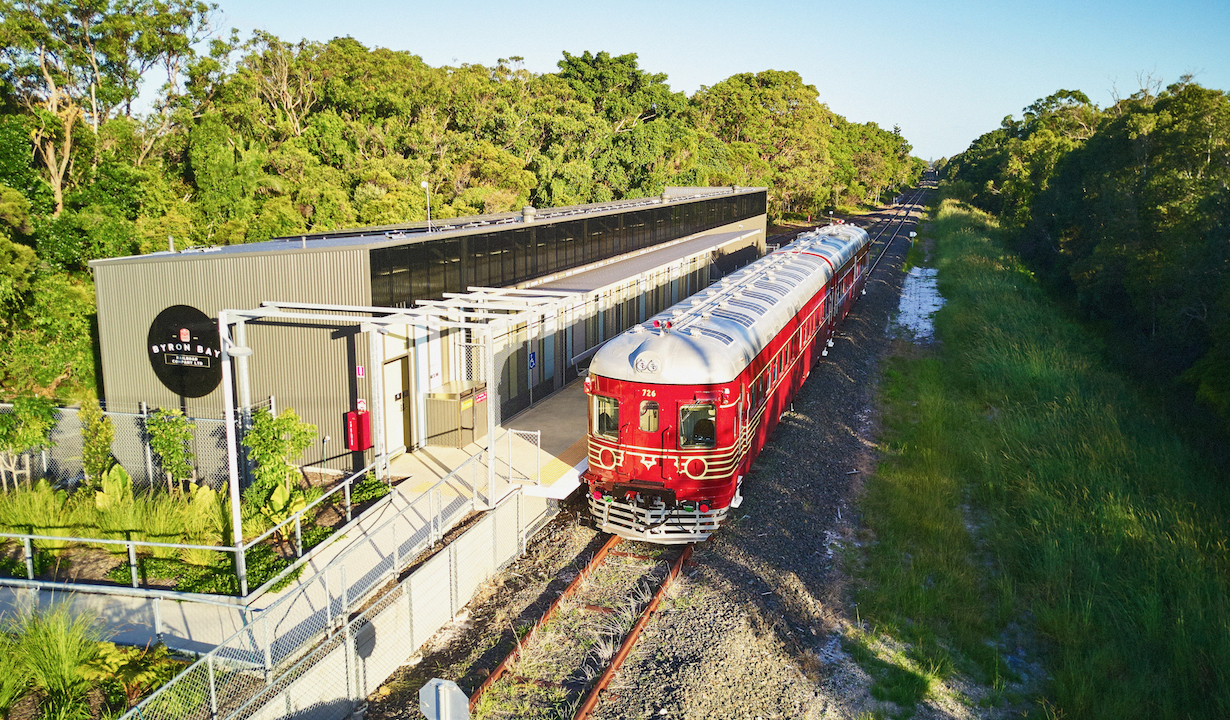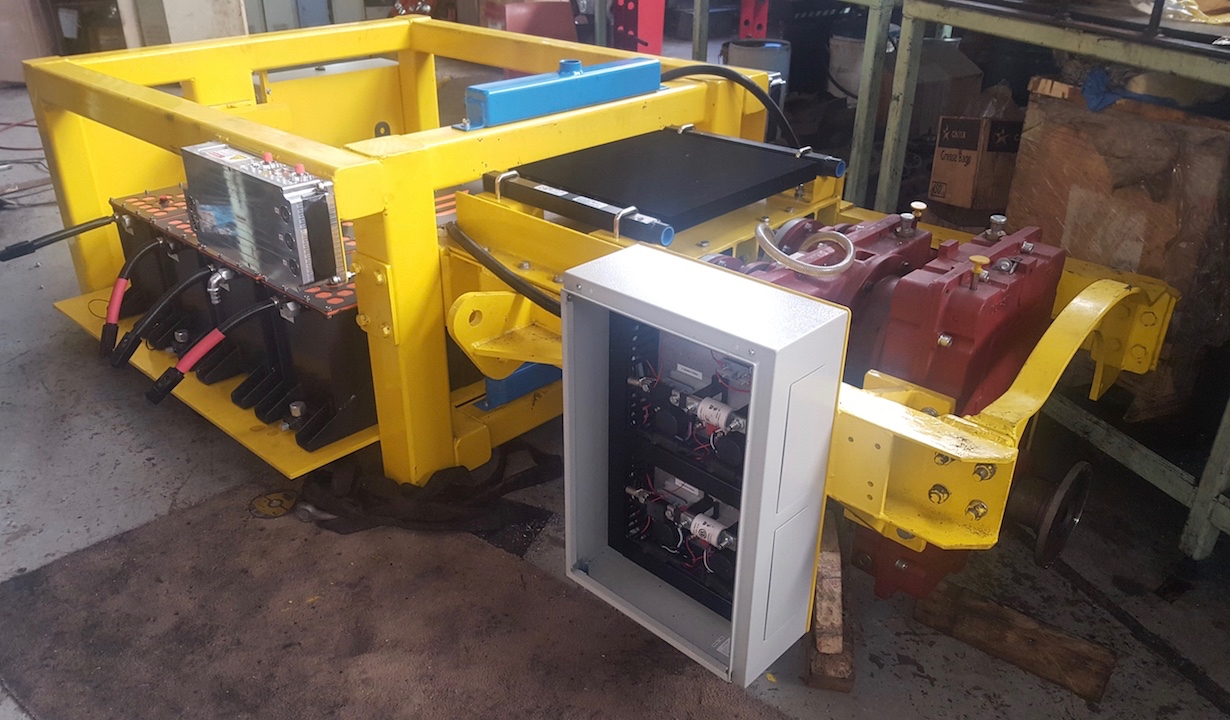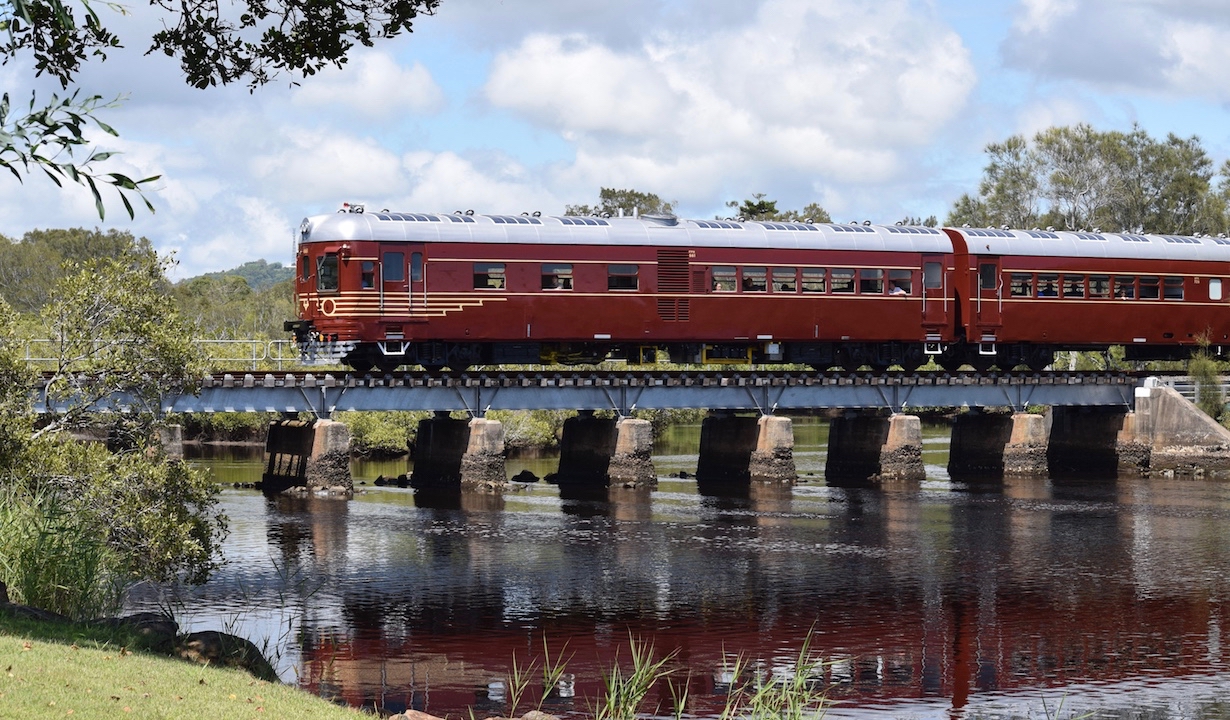Byron Bay Railroad Company World First Solar Train

-
2018
-
Engineering
Designed In:
Australia
Byron Bay Railroad Company restored and converted a sixty-eight year old diesel train to become the world's first solar powered train. The innovation, achieved with no government funding or support, shines a 4.6 billion year old light on modern travel.
Byron Bay Railroad Company has restored and converted a sixty-eight year old diesel train to become the world's first solar powered train. The innovation, achieved with no government funding or support, shines a 4.6 billion year old light on modern travel.







